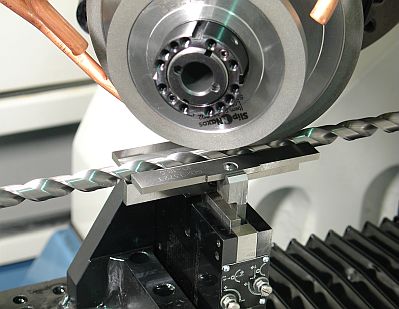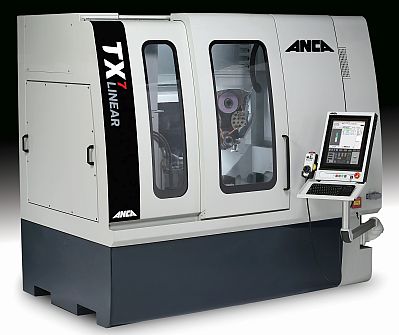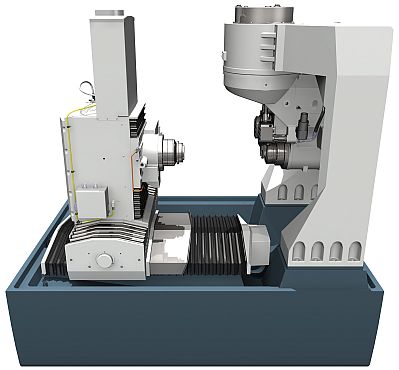2 Ways to Tackle Long Drill Production Challenges
Long drills present several difficulties and challenges in the production process. Their elongated physical size is not the only concern; ensuring accuracy throughout the entire length of the tool can be equally challenging. The extended nature of these drills introduces a host of potential issues that need to be carefully addressed.

One challenge is the need to control grinding forces consistently throughout the entire length of the tool. This is crucial because long drills are designed to create holes that are not only accurate but also maintain their straightness over extended distances. The reduction of deflection caused by grinding forces is important. When fluting the drill in the shortest possible time, high feed rates and forces are necessary. It becomes crucial to find ways to minimize deflection while maintaining the required machining efficiency.
Another concern is runout, which refers to the error that occurs when the tool deviates from the center axis at an angle. While a standard setup may allow for an acceptable 5 µm runout for a 100mm tool, the same setup could result in up to 40µm runout for a 400mm tool. Achieving acceptable runout becomes a priority when dealing with such lengthy tools, as it directly impacts the performance of the tool.
VIDEO: ANCA's TX Linear
Additionally, long drills often feature coolant holes integrated within their bodies. To ensure proper functioning, these coolant holes must be correctly identified by the machine during the machining process, avoiding any damage that could impede their functionality. Managing grinding forces and preserving the integrity of coolant holes are critical considerations when working with long drills.
Machine for Long Drill Production
ANCA's TX7 machine's powerful 37kW (49hp) direct drive spindle, facilitates the efficient grinding of long drills without putting excessive strain on the machine. It boasts a spacious working envelope and a 6th axis with a traveling steady support that can be positioned strategically to provide support in the grinding zone, allowing for the accommodation of tool lengths of up to 480mm. This setup eliminates deflection and minimizes vibrations caused by grinding forces on the tool. It also addresses the issue of runout, as the steady supports enable compensation control to mitigate runout errors effectively.

One of the remarkable advantages of the TX platform is its ability to grind drills from start to finish in a single setup. This capability grants greater flexibility in production, enabling the manufacture of both high-volume tools and highly customized tools on the same machine with minimal hassle. Customers opting for the TX7 model with a robot cell can achieve fully automated manufacturing, unlocking new possibilities and efficiencies for their operations.
Specialized Software for Long Drills
ANCA offers several software solutions for long drill production.
The first is ToolRoom, which provides a drill wizard as a standard feature. This wizard is a great starting point and includes convenient features like wheel pack auto-select. Users can easily add and define coolant holes in the blank editor for simulation.

The software also integrates many tool features, including advanced ones like S Gash, K land, C land, and variable helix. The ToolRoom software also includes runout compensation capabilities, providing further adjustments to compensate for runout errors.
For formed flutes, ANCA offers iFlute software. Long drills often require specific flute forms, and iFlute simplifies the process. Users can simply import their DXF file, and iFlute will determine the wheel profile and grinding paths accordingly.
To simulate the tool grind and account for machine features, ANCA provides CIM3D. Users can add all the necessary machine features to the simulation, including a 6th axis, to determine the setup and control before proceeding to the actual grinding process. Not only can users set up the required operations, but they can also optimize the grind from their desk with accurate simulations of all features.
CIM3D includes intuitive coolant hole collision detection within the simulation, ensuring that potential issues are identified and addressed beforehand.
Want more information? Click below.
Rate this article
View our terms of use and privacy policy ::m::